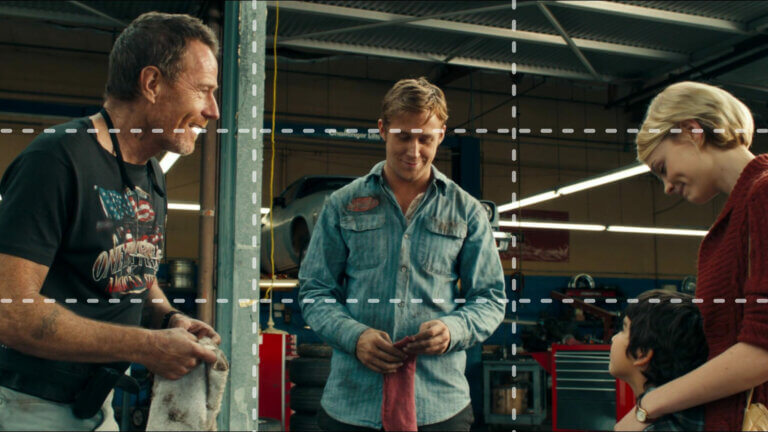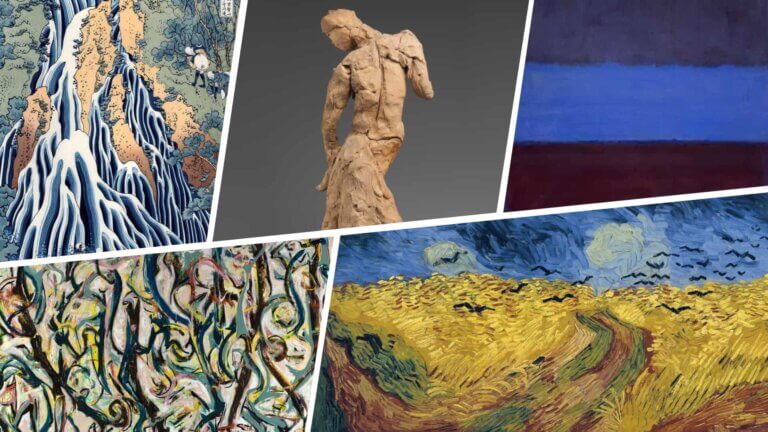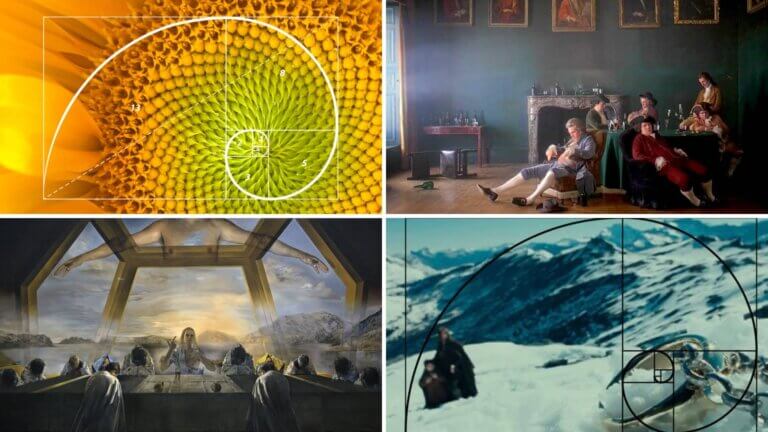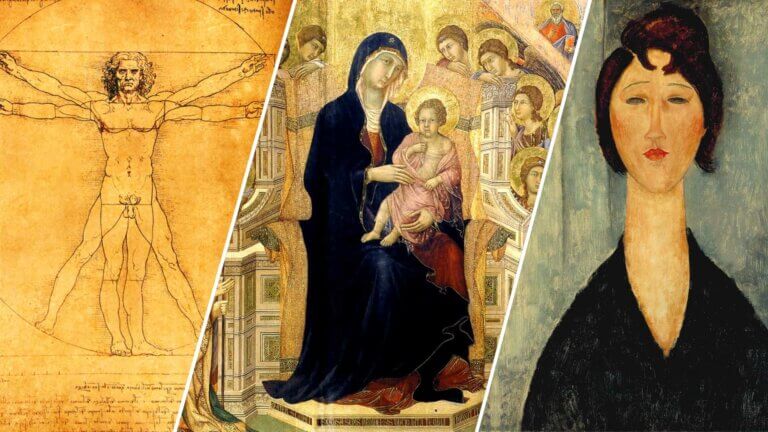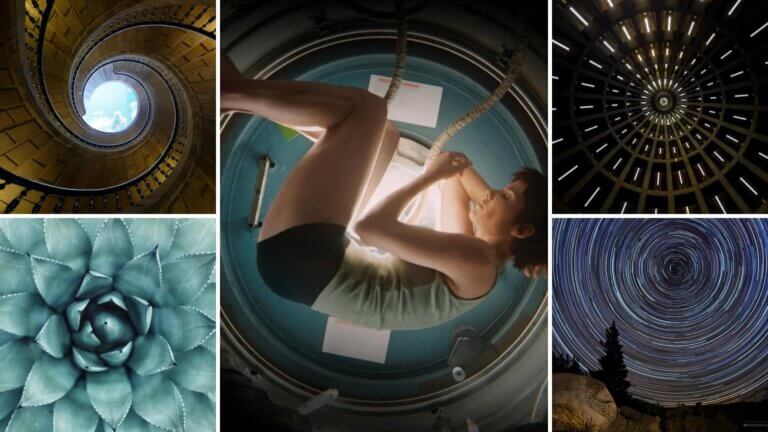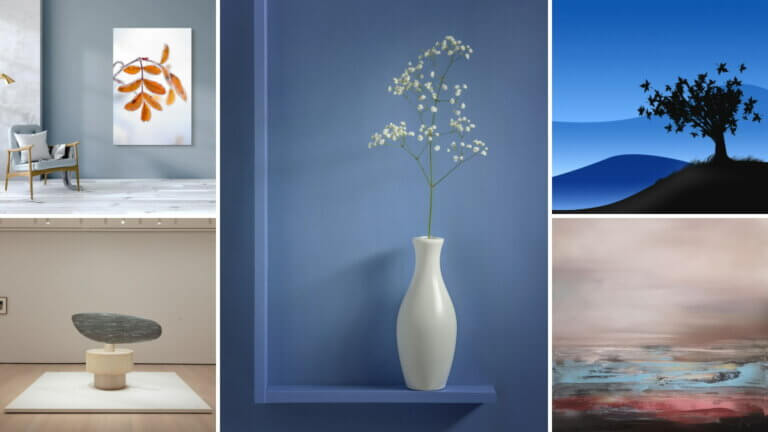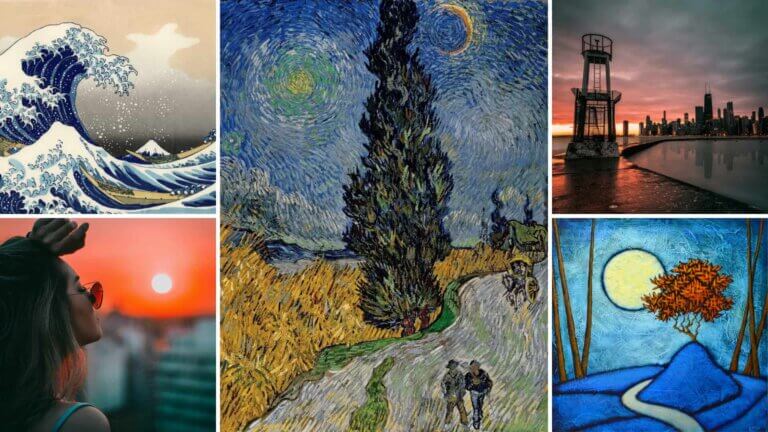Telling a story isn’t enough. You have to grab your audience by the eyeballs. Whether you’re a seasoned director or just learning what framing in film is, the way we see things is just as important as the things themselves. In his video essay on Drive, Tony Zhou uncovers 4 simple rules of composition that can make your shots out-of-the-box.Continue reading Rules of Composition: How to Show Deeper Meaning in a Single Frame
Countless great artworks employ the use of focal points, and this is no coincidence. A focal point is an essential element in art that guides the viewer's eye toward a specific area of interest within the piece. It serves as a visual anchor and helps to create balance, depth, and emphasis within the composition. In this article, we will explore the importance and impact of focal points in art and how they contribute to creating a captivating visual experience for the viewer. Continue reading What is a Focal Point in Art — Composition Techniques 101
Art is the expression of one's innermost thoughts, feelings, and emotions through a variety of mediums. Movement in art is when an artist uses visual techniques, like color and composition, to create the illusion of movement and dynamism within their artwork. This type of art is unique because it allows viewers to interact with the painting, sculpture or other works on a personal level as if they were walking through it. Let’s dive into movement in art and composition.Continue reading What is Movement in Art — Composition Techniques Explained
As a mathematical and artistic principle of mythical scale, the Golden Ratio is often misunderstood and mislabeled. DNA helixes, Renaissance art works, ancient architectural designs, and even fruits have all been observed as taking on the golden ratio. So what is the Golden Ratio exactly? When was it discovered and what is its influence on art and design? Let’s dive in. Continue reading What is the Golden Ratio — Composition Technique Explained
Depending on an artist’s intentions, a composition can be created to appear more realistic to life or more stylized to an artist’s vision. Both, however, depend on the use of proportion. Proportion is a principle of art that is relevant to any material, medium, or style. It’s just as important to those creating hyper-realistic artwork as it is to those seeking to create abstract compositions. Let’s dive into the importance of proportion in art. Continue reading What is Proportion in Art — Definition and Examples
Whether you are a painter, photographer, or filmmaker, composition is one of the foundational principles of any visual artwork. No matter what equipment you are using, composition and the principles of compositions are tools you always have at your disposal. So what is composition and why is it important to know? Understanding how to compose your frame or artwork will help you convey the emotion or story you want to your audience. Developing your eye for a great composition starts with learning the basic principles of it. So let’s dive in. Continue reading What is Composition — A Guide to Composition…
The shape of a circle is perhaps the shape that humans have been drawn to the most throughout history. It’s endless nature, often symbolic meaning, has been a useful subject in different forms of art. One of the best ways to create the circle in any form of art is through radial balance. Radial balance is a less known type of balance than symmetrical and asymmetrical balance, but its use can be found throughout history. Let’s take a look at radial balance throughout to learn more about its effects in composition. Continue reading What is Radial Balance in Art — Composition Techniques
Have you ever stood next to a work of art and felt small? Whether it was a sculpture, painting, or building, odds are whoever created it aimed to make you feel that way. And they achieved this through scale. Human beings have a natural awareness of size and space. Artists often use this awareness to elicit specific responses in the viewers of their work. What is scale in art and composition? In this article, we’ll take a look at how scale is used to achieve these responses. We’ll also analyze the difference between scale and proportion and how proportion in cinema…
Historical polymath Leonardo DaVinci once said, “Simplicity is the ultimate sophistication.” Simplicity, ironically, can be a complex philosophy to analyze. When it comes to art, simplicity is often subjective for both artists and those consuming the art work. What is simplicity in art and composition? How does its function change between artistic mediums? And why do so many great artists strive for simplicity in their work? Let’s find out.Continue reading What is Simplicity in Art — Composition Techniques Explained
When most people think of balance in art and composition, their mind automatically thinks of perfect symmetry. While symmetry is the most straightforward way to achieve visual balance, many artists have veered away from the technique because of its frequency in art and redundancy. Instead, many modern artists have leaned into the use of asymmetrical balance. What is asymmetrical balance in art and how can you use it? Let’s find out. Continue reading What is Asymmetrical Balance in Art — Composition Techniques
